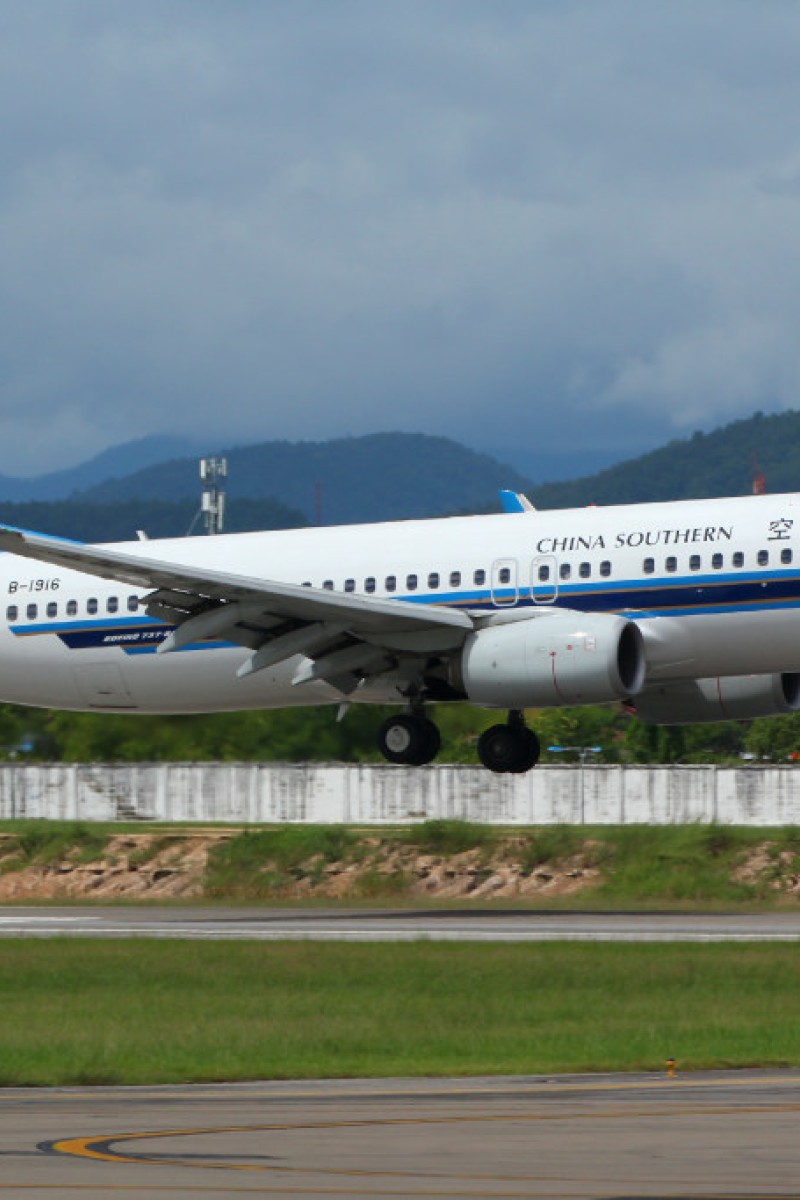
Listen to this article
China Southern Airlines flight, coming in from Zhejiang province, ends up within half a runway’s length of hitting business jet
South China Morning Post
|
Published:
Sign up for the YP Teachers Newsletter
Get updates for teachers sent directly to your inbox
By registering, you agree to our T&C and Privacy Policy
Sign up for YP Weekly
Get updates sent directly to your inbox
By registering, you agree to our T&C and Privacy Policy